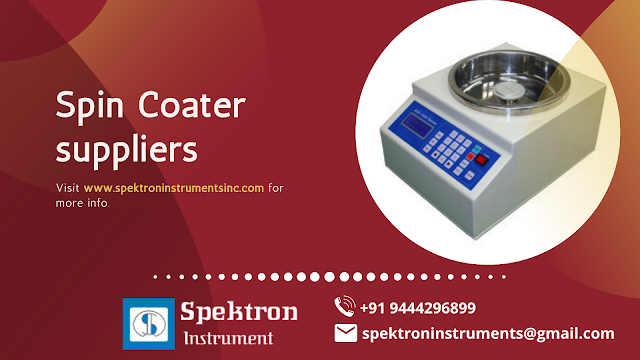Water Softening Methods and Water Softener Function
When water contains a lot of calcium and magnesium, it is called hard water. Hard water is known to stop up pipes and to convolute detergent and soap dissolving in water.
Water softening is a technique that serves the elimination of the ions that cause the water to be hard, by and large calcium and magnesium ions. Iron ions may likewise be taken out during softening.
The most ideal approach to soften water is to utilize a water softener unit and associate it straightforwardly to the water supply.
Water Softening Techniques
1. Ion Exchange Method
2. Lime Softening
3. Chelating agents
4. Washing Soda technique
5. Distillation and Rain water
6. Reverse Osmosis
How water softeners functions
Water softeners work through an interaction called ion exchange which eliminates calcium and magnesium from the water. At the point when the hard water goes into the mineral tank, it courses through a bed of spherical resin beads. These plastic beads, typically produced using polystyrene, are charged with a sodium ion. The resin beads are anions, which means they have a negative charge. The calcium and magnesium minerals have a positive charge, making them cations. Since opposite charges draw in, the negative charge of the minerals is pulled in to the positive charge of the resin beads.
What are the Components of a water
softener?
A water softener is comprised of three parts: a control valve, a mineral tank, and a Brine tank. These three work in conjunction to eliminate the minerals from hard water, screen the progression of water, and periodically clean the framework through a regeneration cycle.
For Further Information : Water Softener Dealers in Coimbatore




Comments
Post a Comment